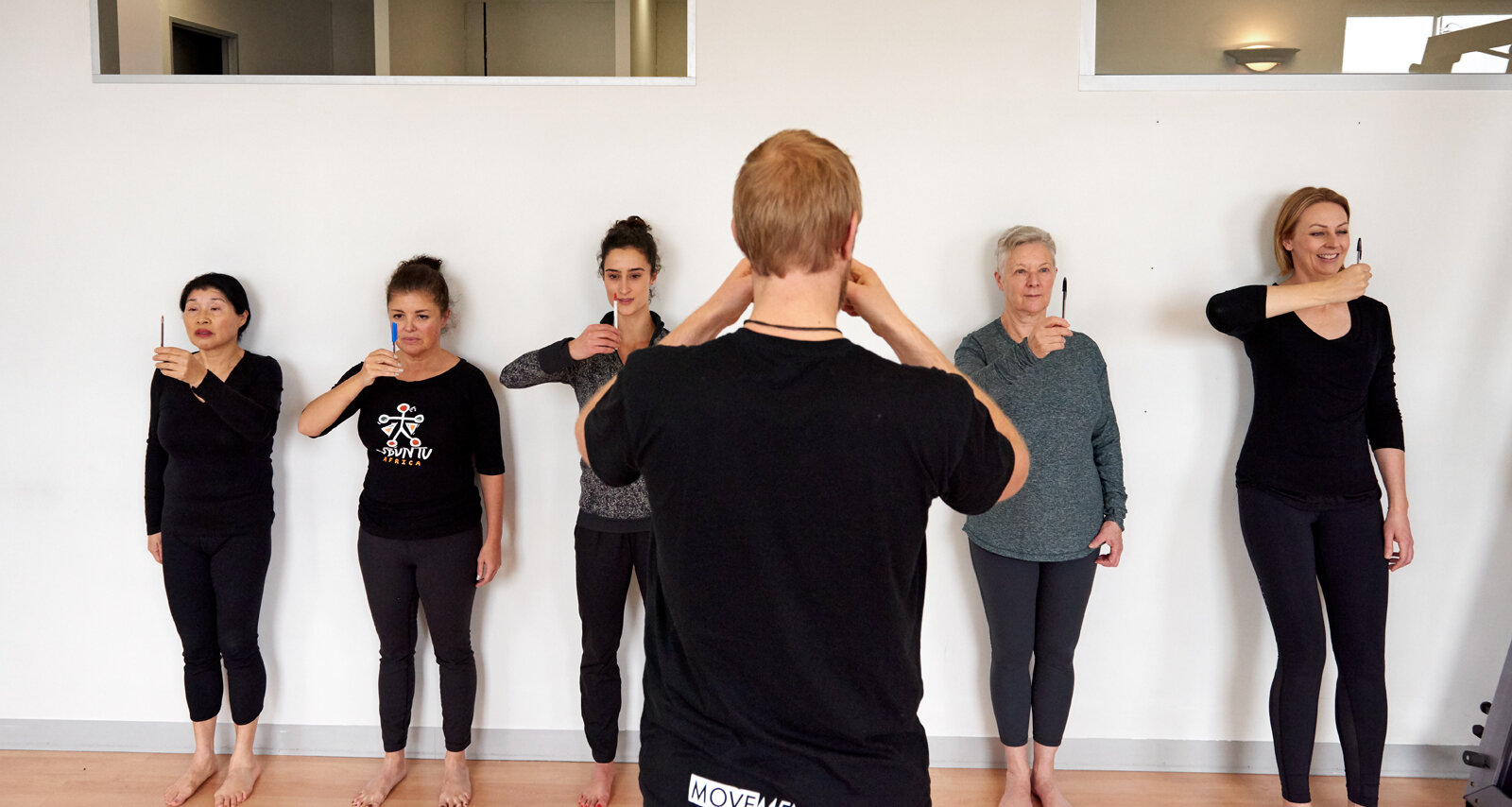The Eyes have it!
In the previous post, I mentioned the webinar series I took part in last year. The focus of the series was around new methodologies for working with movement dysfunction and pain. Today, I am going to review the session of Annette Verpilot of Posture Pro, who spoke about the fundamental link between our eyes and our posture.
Image courtesy of Posturepro
She opened with a fantastically simple but powerful clarification on what posture is: the result of sensory input going to the Central Nervous System. Basically, everything between the feet and eyes provides information to the brain on what we feel, and how to move, at any given point in time. So there is a lot of information to be processed right? And when we think of treatment strategies for injuries or postural dysfunction, the modern day theory is to focus on muscle and joint mechanics. But how much do we challenge our brain and stimulate our senses? How often are we challenging the way the nervous system connects our structures to our spine? Annette really emphasized that if you aren't doing this, you are missing the boat!! (cue my favorite slide of her presentation...)
This is where she introduced the system Posturology: focused on stimulating sensory receptors in order to create permanent postural changes, often without having to physically touch the client.
The main focus points include the eyes, skin, feet and jaw.
Eyes - they take in everything around us, and if the muscles of the eyes aren't balanced, then it is pretty safe to assume the body will reflect some compensations.
Skin - the largest organ of the body and full of a vast network of nerves that feed the brain with information.
Feet - most often our connection to the ground. It is estimated that around 72% of people have an asymmetrical loading pattern through their feet. Safe to say this will impact on everything else upwards of their feet.
Jaw - developing at the same time as the eyes, ears, and spine as a foetus, the structural and/or muscular imbalances at the jaw impact the rest of the head and neck, and often also the spine.
Take a moment to think...do any or all of these areas currently give you problems (or have they in the past?)
.
.
.
Now let's continue.
Annette then delved into a bit of the anatomical connections between the eyes and the muscles around our head and shoulders, via our cranial nerves. I won't bore you with the details, but safe to say if something funky is going on with the eyes, there is an impact on cervical rotation (turning your head side to side) and shoulder flexion (lifting your arms up and forward). It is even questioned if there is a connection to blood pressure, heart rate, abdominal strength and posture. Some of you have been kind enough to be my guinea pig as I play with eye exercises and movement, and may be able to add some insight into how this impacted on you. From my outside perspective I have been able to see dramatic shifts in both the range, and ease of movement around the joints we focus on.
So now that we have spent a few moments talking about how important our eyes are, what do we do to look after them? Earlier this year Bruce Hildebrand and I hosted a 2 hour workshop on how to strengthen the muscle of your eyes. The importance of this, is that with near or far vision problems, and astigmatism, the light often doesn't fall properly onto the receptors in the eyeball. The muscles of the eyes actually pull on the eyeball and change it's shape, allowing the light entering our eye to land at the right depth.
Below is a basic eye exercise to help the connections of our left and right hemispheres of the brain, and the coordination of our eyes.
Hold a pen with your dominant hand. Start 10cm from eyes, and draw a smooth clockwise circle for eyes to track. Start small, gradually working bigger. Progress to infinity symbol, in multiple planes of motion to help with near-far tracking.
Monitoring whether the eyes are tracking the movement. Refocus whenever necessary. Aim for 3x a day, 30s each time.
Although it is a simple exercise, it has a massive impact on the muscles of your eyes, which will impact immediately how you interpret your environment. I also find it helps get rid of a headache, especially if I've been at the desk all day.
What are the other impacts?
Charles Poliquin (Strength guru!) measured using dynamometer (hand squeeze tester) and found a 8-15% increase in strength generation within 3 minutes of completing the drill described above. Despite the fact it only measures your hand, it is a simple and high recognized test for measure general strength generation.
If you would like more information on eye training, please contact me at rob@movementality.com.au.


